
Long-term food storage keeps us insured that we will have the basic nourishment we need in the future. Regardless if you’re storing only crops or are preparing for a disaster, the worst that can happen to your storage is mice infestation. They make your food and water storage futile, and to prevent this, you need to take action. That’s why we put together a list of the 5 best ways to keep mice out of your storage room.
Having stored away food that guarantees you can make it through the next few years is reassuring. Even if the delivery of basic nutrients were to be disrupted in your area, you would still have the storage and know-how to grow food yourself. But, you need to care of it, and this article is here to help you with that.
5 Tips to Keep Rodents Out
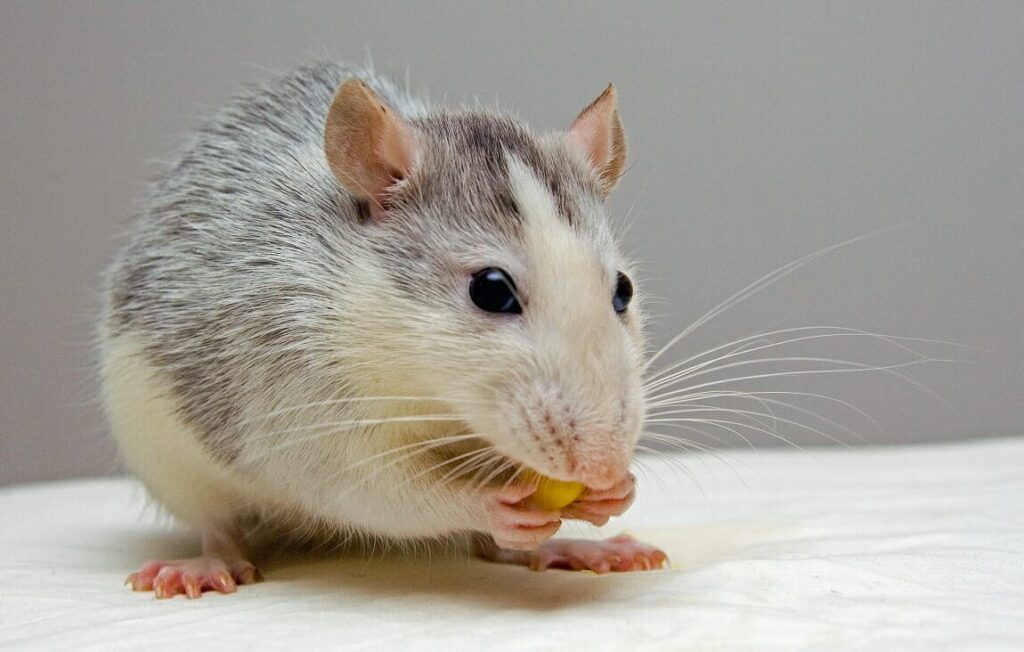
Your long-term storage can become a buffet for mice if you don’t protect your stock. Imagine what havoc it would unleash if you were to find that half of your prepared food was eaten, only after a disaster happened.
That is why we are here to share our tips on mice-proofing your storage spaces, so this scenario does not happen to you. Here are our 5 most important tips:
#1 Tip – Seal Holes
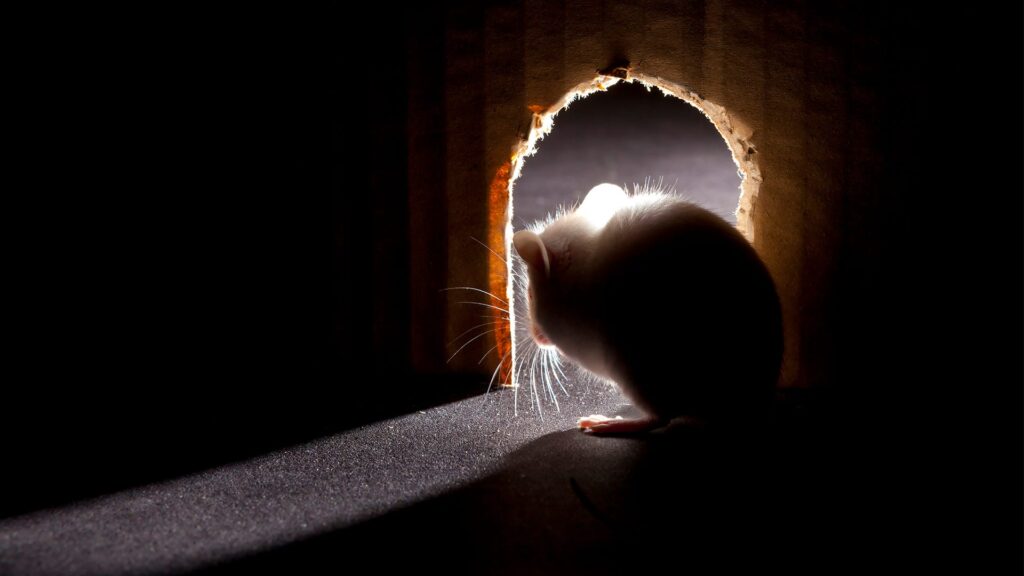
Sealing holes in your house is a good tip, even if you don’t store food inside. It will stop drafts and make your house more energy-efficient. In any case, sealing holes is a starter tip for anyone looking to mouse-proof their home. Regardless if the rodents are already there or not.
Rodents of any kind will easily go through any type of opening. Regardless if it’s an open window or hole in the pantry wall, rodents can crawl through it. Mice, due to their small size and dormice that can squeeze through the smallest crevices, are the biggest threats in this case.
This process will take some time, but believe us, it is worth it. Protecting the food you grew or bought and invested time in is a number one priority. To start, you should primarily focus on the holes appearing in your storage room, and then work your way from there onto the entire house.
You should focus on the cracks and holes inside the walls, floors, and ceilings. As said above, start from your storage room. Check if there are any small openings in the flooring or the corners, don’t overlook big crevasses like the vents, pipes, and chimney. Remember that the most common entry points for rodents are gaps around doors and windows.
Once you find the entry point, regardless if it’s inside or outside, close it. Here is a list of items you can use to seal holes in your home:
- Cement
- Metal or plastic sheet
- Glass
- Caulk
- Spray foam (Rodent-proof type)
- Putty
- Steel wool
#2: Keep it Clean
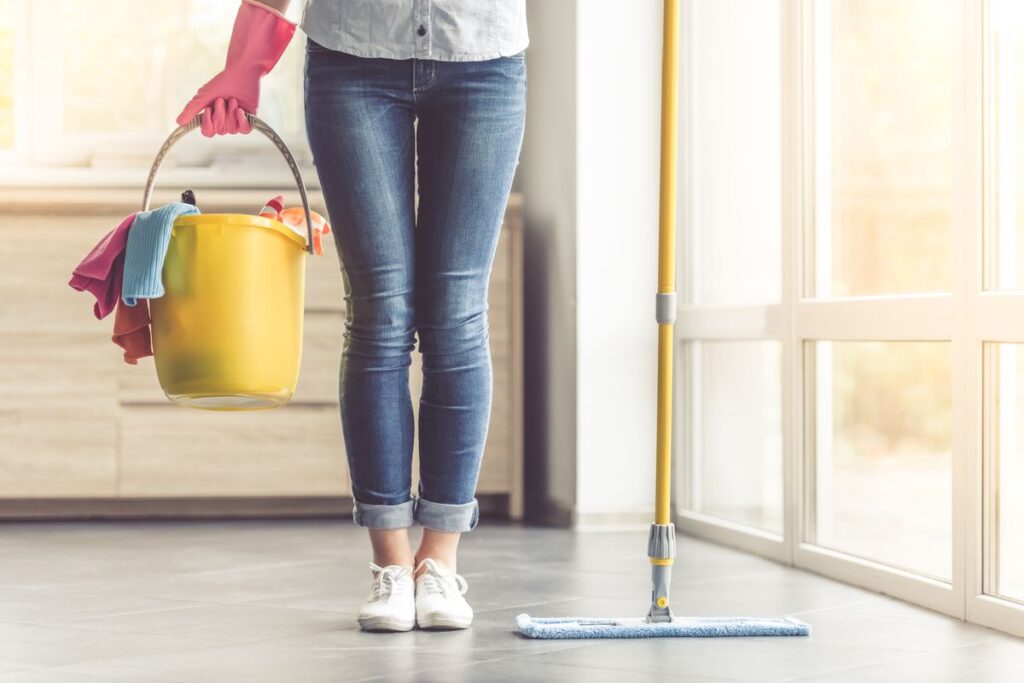
To minimize the possibility of rodent infestation, keep all your areas clean. This means your storage area needs to be clean, free of any debris and food. Also, decluttered homes are less prone to this type of intruder, so keeping your home tidy is a must.
After you have finished eating, make sure all of your kitchen counters, sink, and dishwasher are free of food and leftovers. Never leave cat and dog food in the bowl. Also, don’t throw your leftovers in the trash can.
Keeping your storage room clean will give the rodents nothing to eat and no smell to attract them. Also, if you have leaks, rodents will drink the water, so fixing leaks is also advised. A clean, decluttered, and debris-free storage room will prevent mice and other rodents from even thinking about eating your food.
#3: Try Natural Pest Control
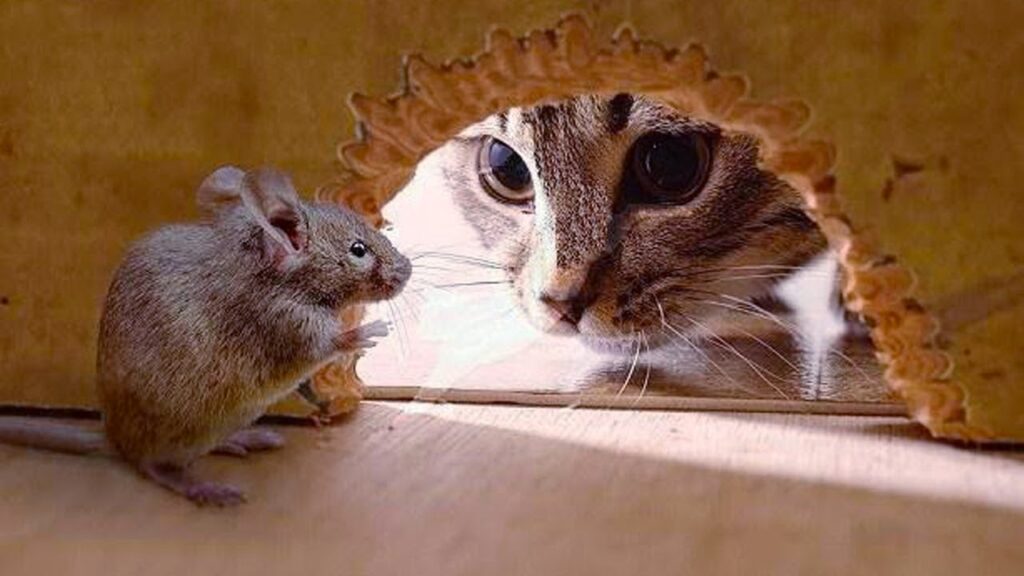
As a preventive step, or once the mice enter your storage room, you should try a natural way of dealing with them. Only if these tips don’t work out, resort to catching them. The first thing that comes to mind is a cat, the natural predator of mice.
Cats love catching mice, but so do dogs. In fact, they are the best pest control that will catch anything that creeps around your storage place. Of course, be cautious. If the rodents are carrying a disease or have eaten rat poison, it will also affect your pet.
Another natural way to deter rats and mice is through smells that are unpleasant to them. These include mint, tea tree, ammonia, cinnamon, and lavender. Also, some people like to use electronic mice repellers, which are great now, but if you run out of power, will not work.
#4: Put up Traps
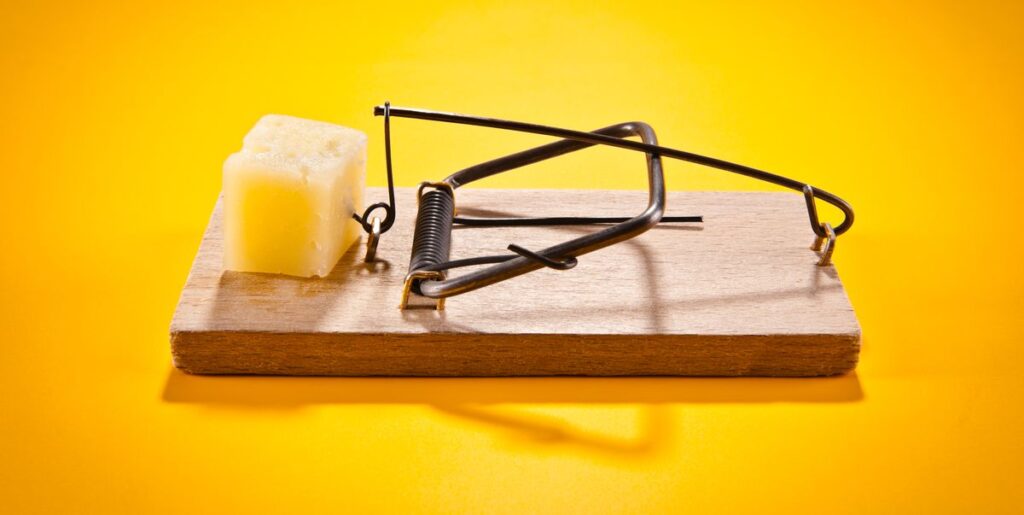
Mice traps are the best way to guarantee your mice-proof storage, from minimizing the threat of infestation to catching the rodents when they appear. The proper placement is, in this case, the key to success. This means, far away from the reach of children and pets, but deep in the corners where rodents are bound to linger. The best places are under your storage racks and in the corners, where they might hide.
You should check your traps daily. It doesn’t matter if you have an infestation, or if you’re trying to prevent one. Therefore, if you notice that there has been some rodent activity in your house, but your traps have so far not caught anything, make sure they still work. If not, exchange them, add new ones or change their locations.
Here are the traps you can choose to set up in your storage room, pantry, or kitchen:
- Electronic trap – This type of trap gives the mice an electronic shock, from which they die. The only negative side is that it uses electricity or batteries to function.
- Traditional snap trap – The snap trap is the oldest trick in the book, but rodents can survive the snap trap and run away with it.
- Glue trap – This trap or board is placed next to walls, where rats and mice form their walkways. They then stick to it and die.
- Poison – Poison is an effective trap, but needs to be kept away from kids and pets.
- Catch and release traps – The most humane type of trap catches the mouse and will not let it escape. This way, you can release them outside, while they are still alive.
#5: Store in Containers

As a great way of minimizing the possibility of rats getting to your food storage, some homeowners use containers. You can also do this as a preventive step, or once you get a rodent infestation.
In any case, farmers, preppers, and homesteaders that want to protect their food storage from rodents use rodent-proof containers. You can buy real rodent-proof containers that are made of heavy-duty plastic in most cases, and some metal and glass. Some people like to make their own out of metal, too.
The only downside to these containers is that they are sometimes heavy and if you have a lot of food storage, they will cost you a fortune. Therefore, it’s better to keep the rodents out of your long-term food storage, in any case.
Conclusion
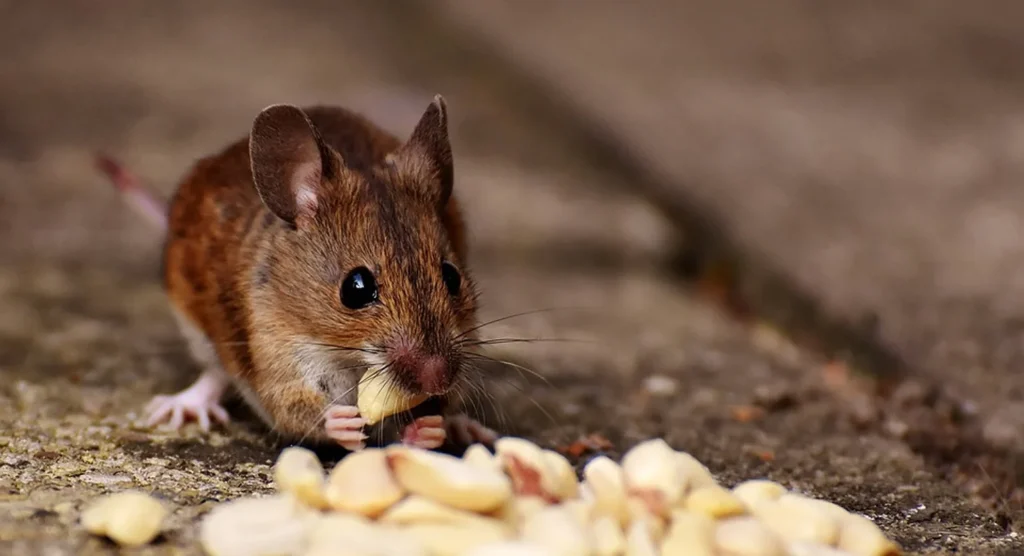
In the end, if you store your food for a longer period, you need to check it now and then. Rodents, especially mice, are a nightmare to get rid of. That’s why you need to do everything that it takes to keep them away from your food and water.
Check out Persurvive.com to read the full article on rodent proof storage. We hope this article helped you in choosing the best ways to keep mice at bay in your storage.













